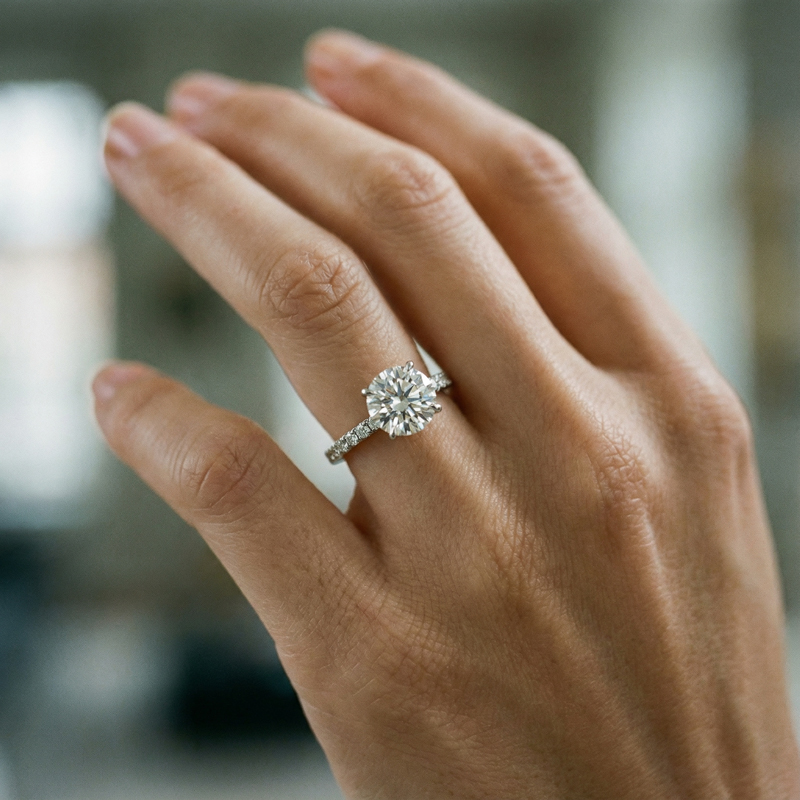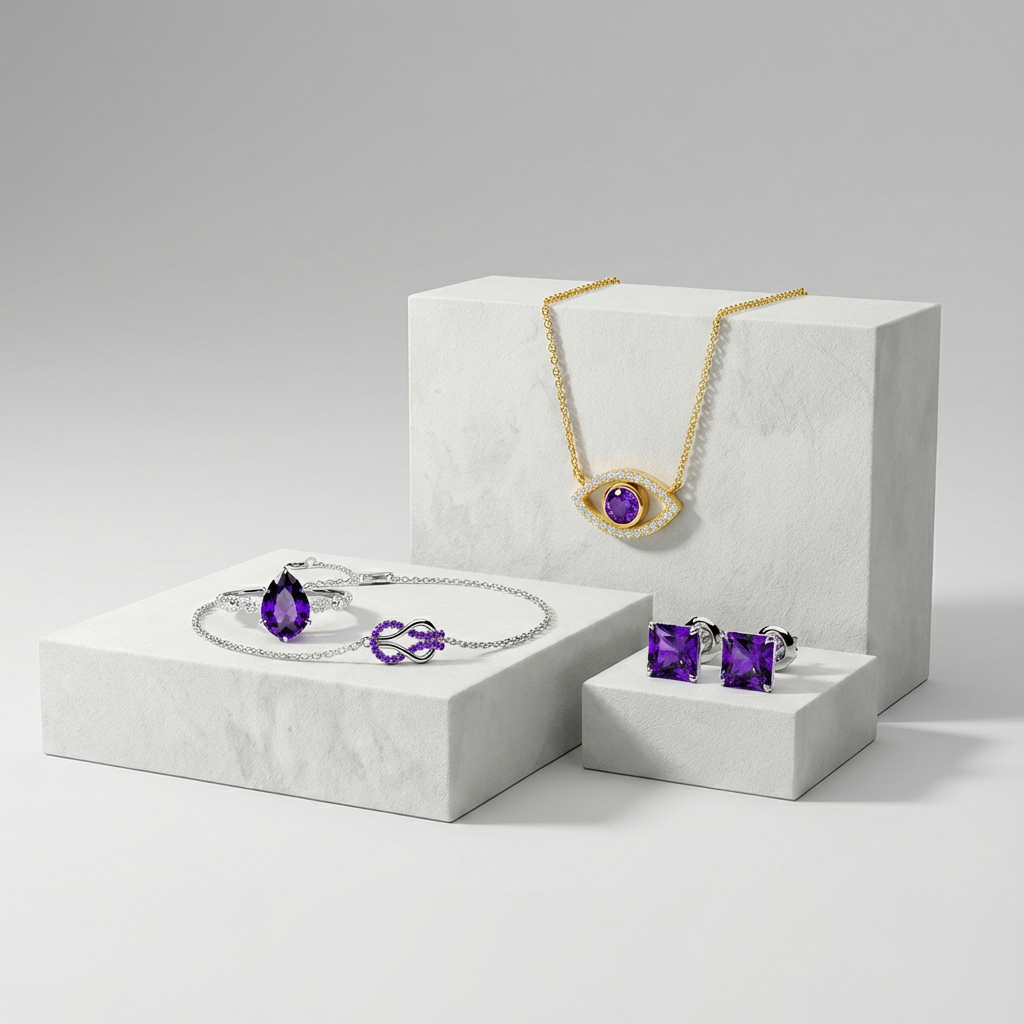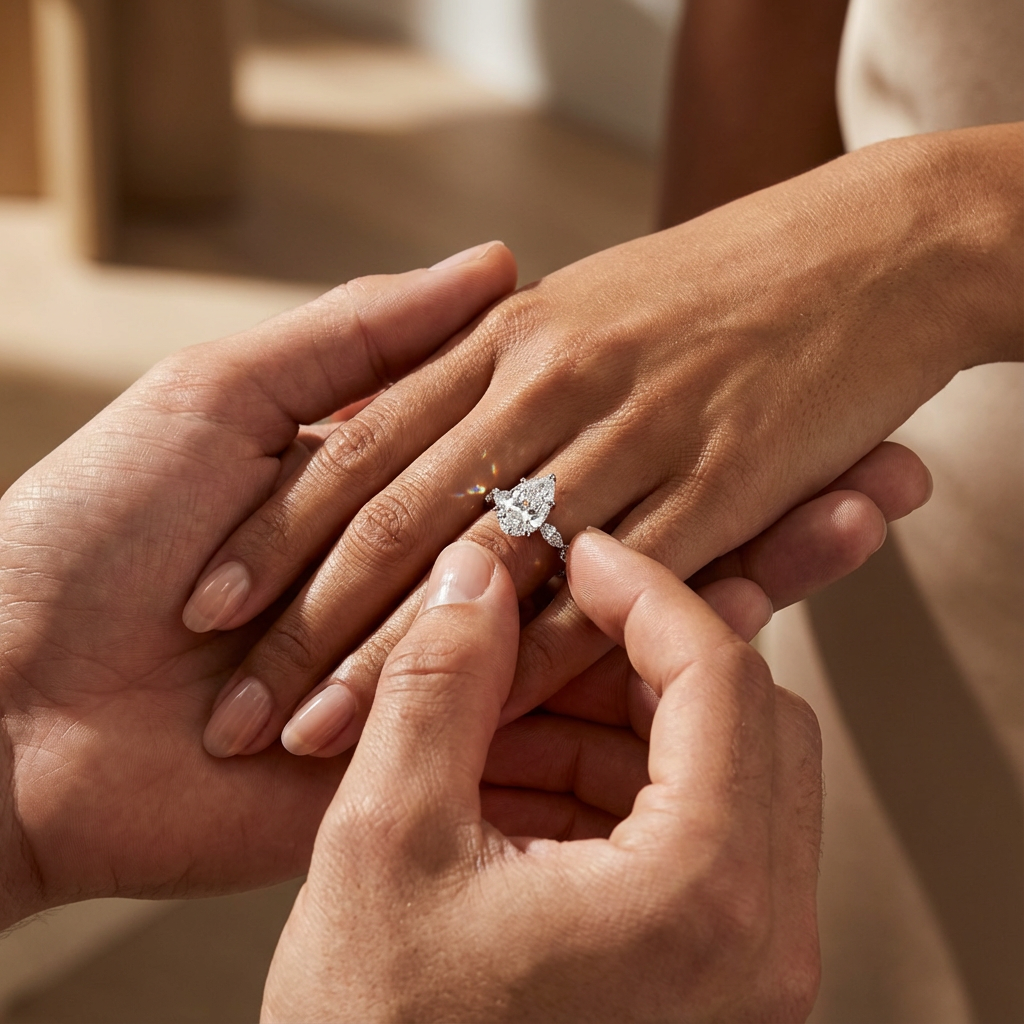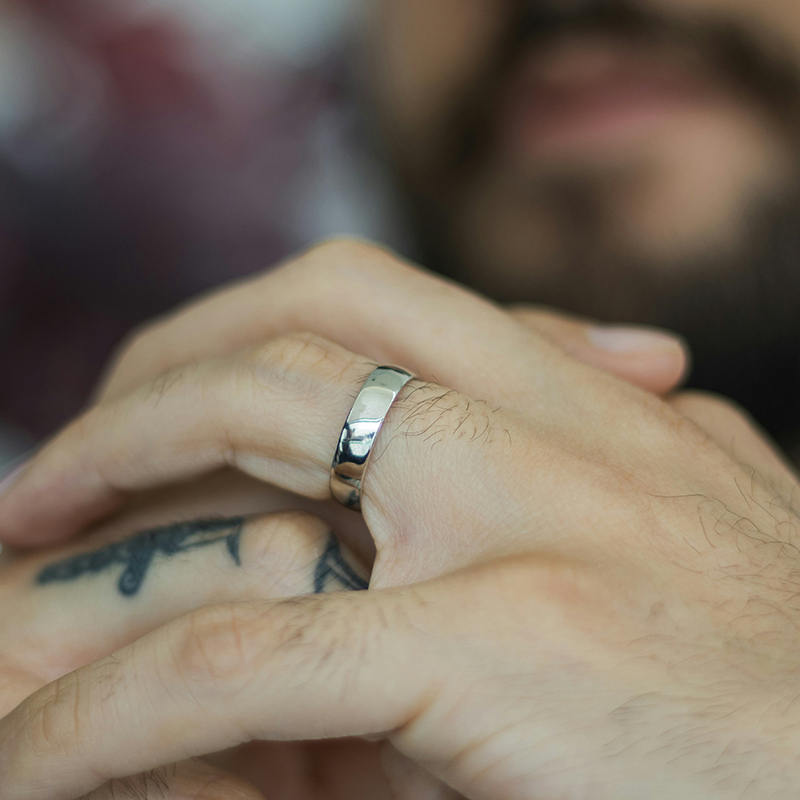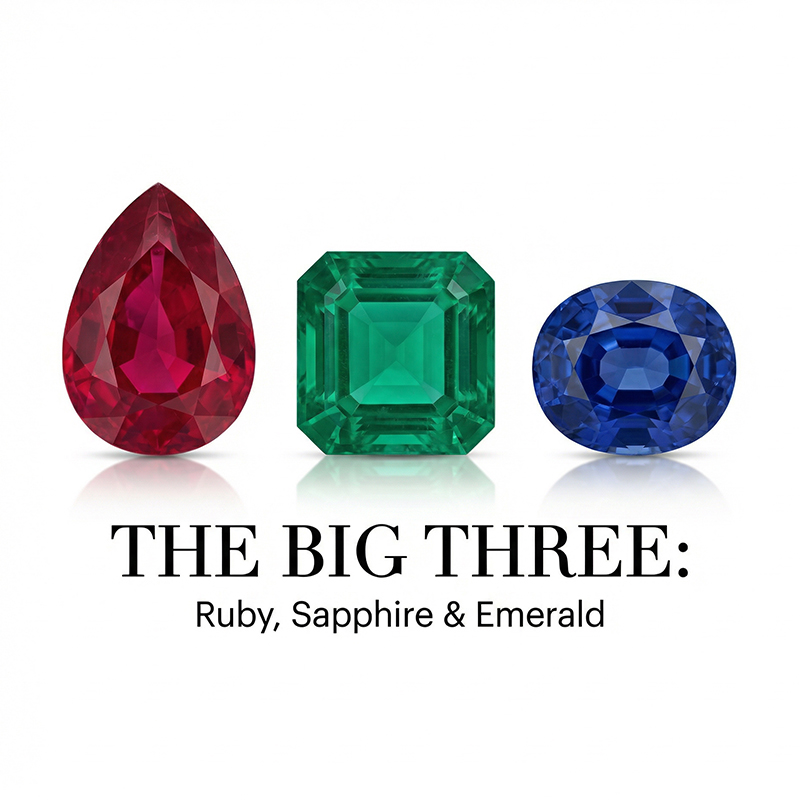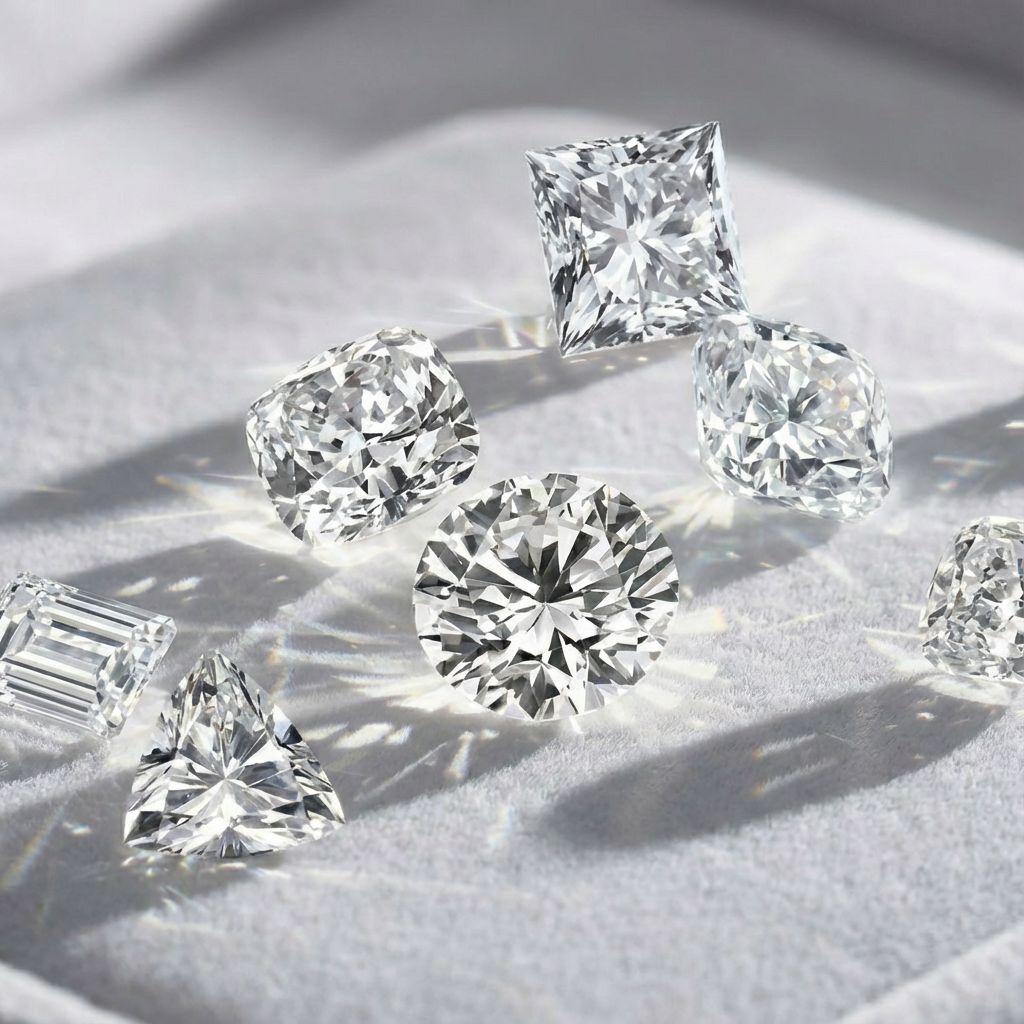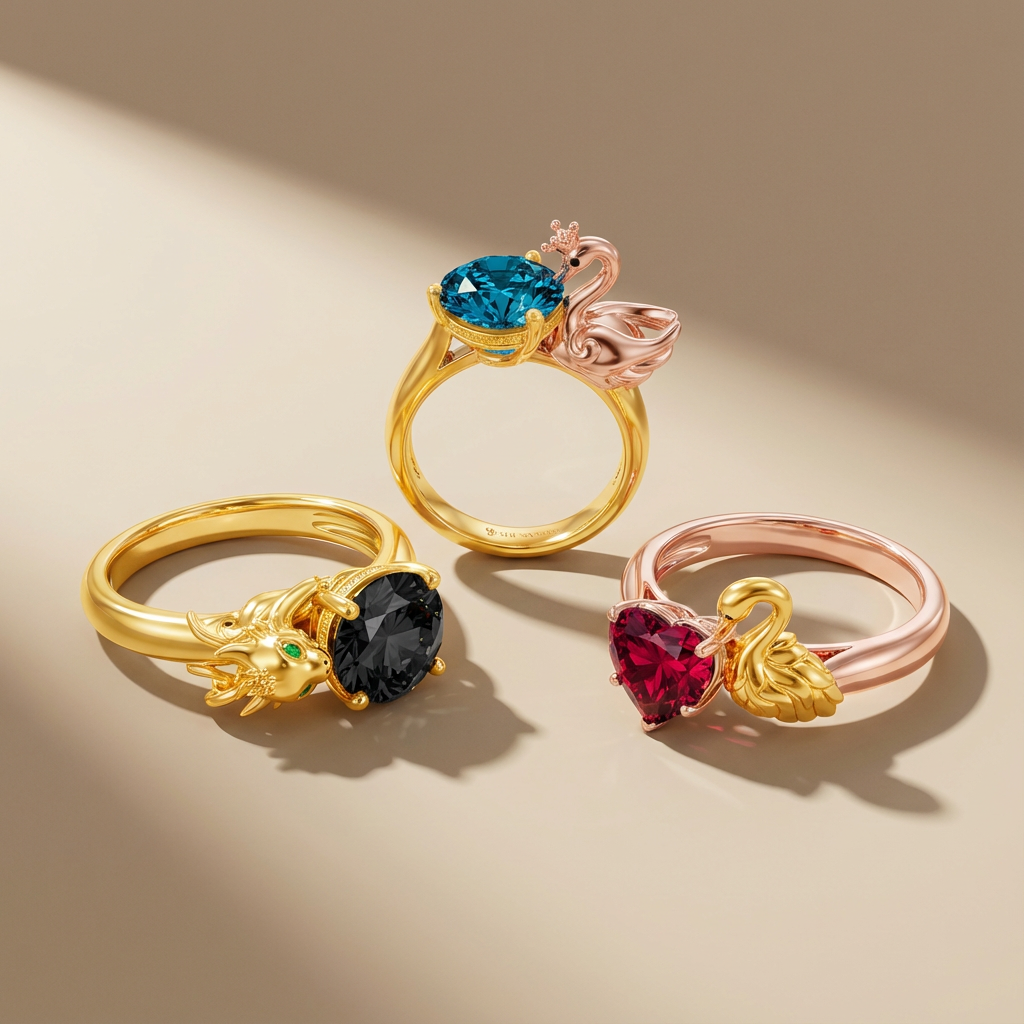Imagine presenting a ring that reflects your partner’s personality in a way no traditional diamond could – a deep blue sapphire for the free spirit, or a fiery ruby for the passionate soul… With celebrities and modern couples embracing colored gems, gemstone engagement rings are having a major moment. But with endless colors and meanings, how do you pick “the one”? Let’s unravel the magic—and practicalities—of gemstone engagement rings.

Why Choose a Gemstone Engagement Ring?
Emotional Significance
Unlike traditional diamonds, colored gemstones let you weave personal narratives into your ring. Birthstones anchor the design to meaningful dates (like an October proposal with an opal), while cultural symbols—such as rubies for passion and sapphires for loyalty—add layers of intention. Jewelry designers often note: “Clients love that gemstones feel like heirlooms from day one, with stories ready to be passed down.”
Unmatched Design Versatility
Gemstones celebrate individuality through bold hues and unconventional pairings. Cool-toned stones (think sapphires or tanzanite) complement fair skin, while warm tones (like garnet or citrine) glow against deeper complexions. The best part? You can swap classic solitaire settings for intricate halos, asymmetrical clusters, or even mixed-metal bands to amplify the color.
Budget-Friendly Luxury
While diamonds follow strict pricing frameworks, gemstones offer flexibility. Vibrant aquamarines or morganites deliver high-end looks at approachable price points, while rare options (e.g., padparadscha sapphires) cater to collectors. Besides, industry surveys from recent years have noted a rising demand for unique gemstones, with one in three couples now considering non-diamond center stones.
Popular Gemstone Choices for Engagement Rings
Classic Icons
Sapphire
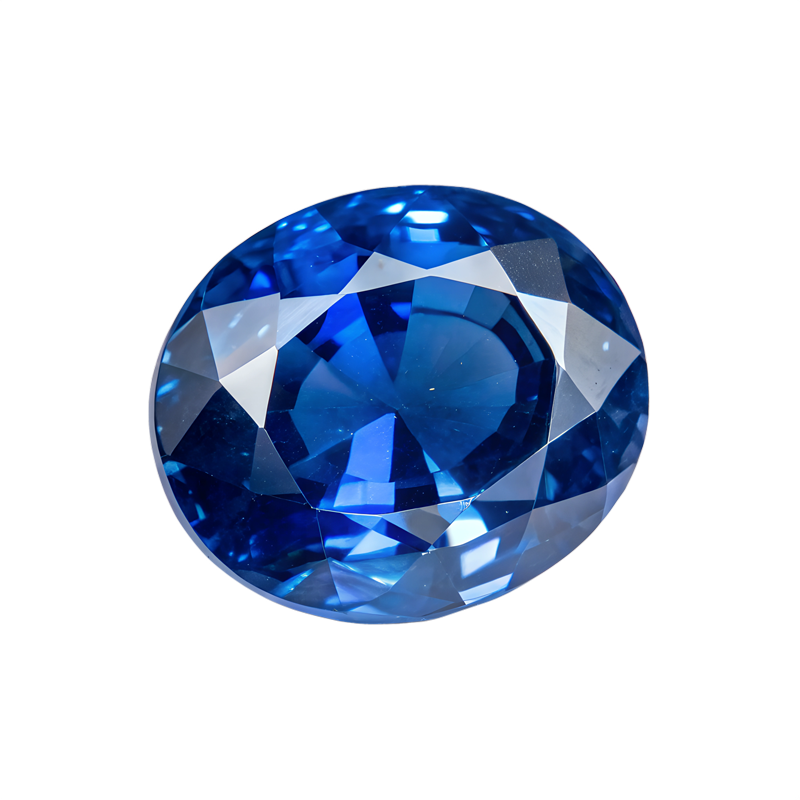
A royal favorite, sapphires blend timeless elegance with near-diamond durability. Their rich blue hues symbolize loyalty and wisdom, making them a meaningful choice for enduring love. Fancy colors like pink or yellow offer playful versatility while maintaining their association with sincerity and harmony. Perfect for: Traditionalists who want color without compromise.
Ruby
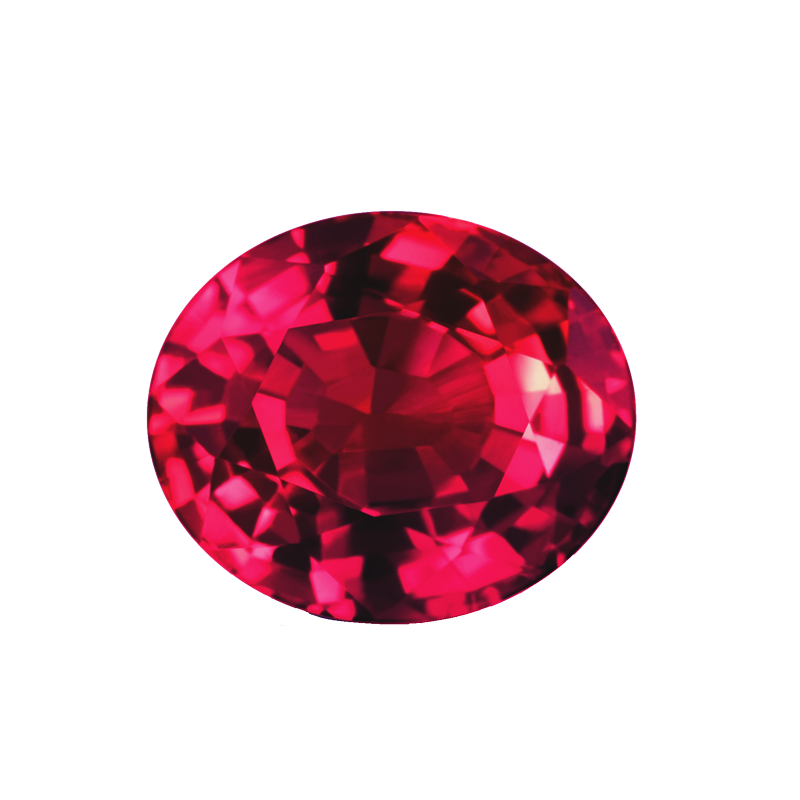
The stone of passion, rubies dazzle with their deep red glow—rarer than diamonds and just as hard. Historically linked to vibrant love and courage, they embody fiery devotion, making them ideal for bold personalities and dramatic love stories. Perfect for: Those who want their ring to scream “romance.”
Emerald
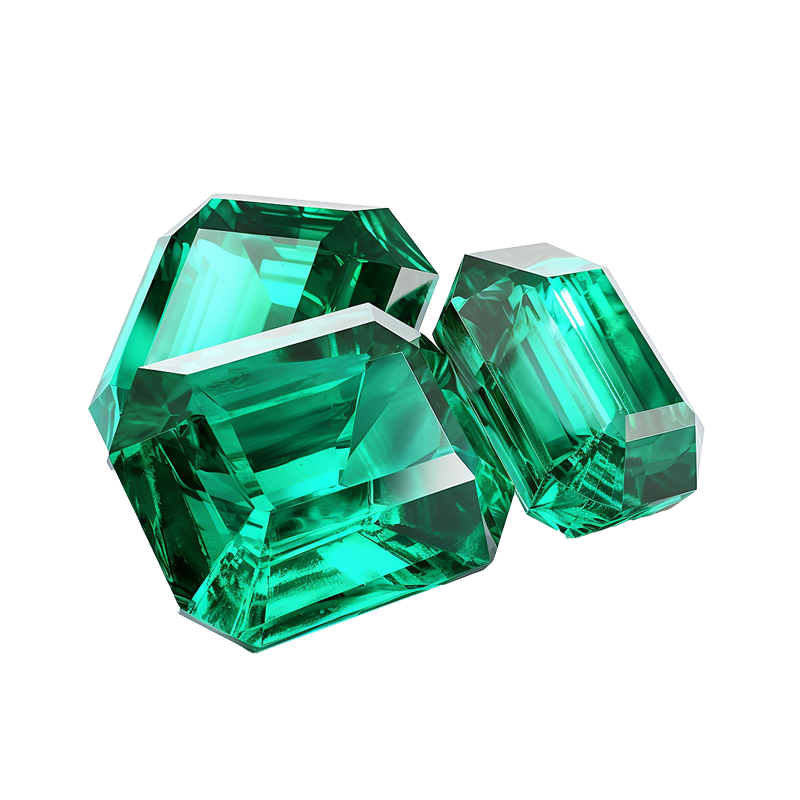
With its velvety green allure, emeralds exude vintage glamour. Symbolizing hope, renewal, and deep emotional connection, they’ve long been associated with lasting partnerships. Though softer than sapphires, their “jardin” inclusions add organic charm. Best set in protective bezels. Perfect for: Old-soul couples obsessed with Art Deco vibes.
Modern Darlings
Morganite

This blush-pink gem is the “it girl” of millennial engagements. Symbolizing gentle love, compassion, and emotional healing, morganite radiates warmth—perfect for nurturing relationships. Affordable yet luxurious, it pairs flawlessly with rose gold for a soft, romantic look. Perfect for: Warm-toned skin and boho-chic brides.
Aquamarine
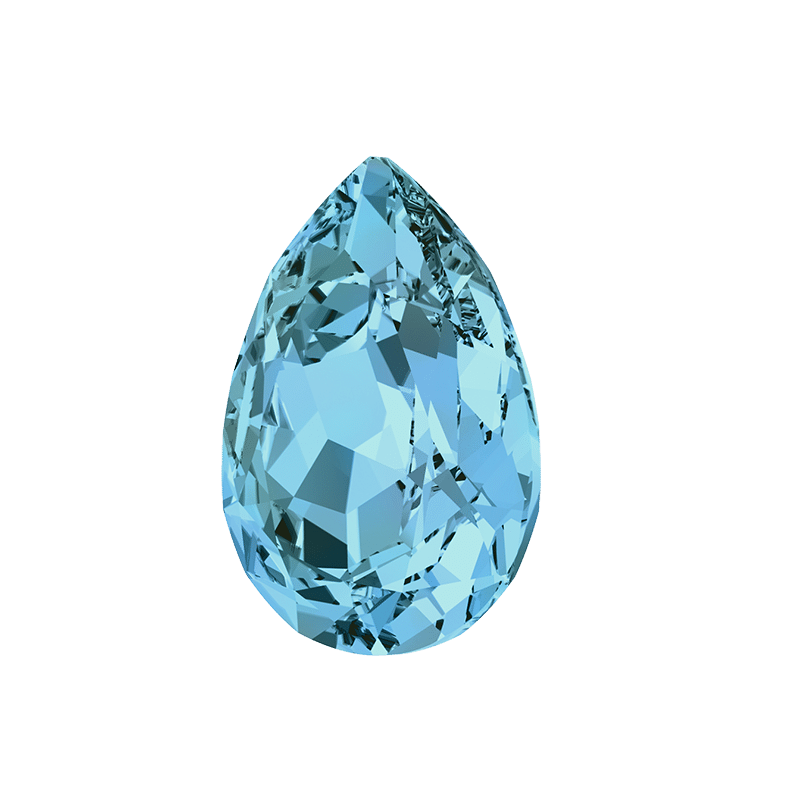
With its tranquil sea-blue color, aquamarine evokes coastal charm and serenity. Known as the “stone of eternal youth and happiness,” it represents harmony, trust, and new beginnings—ideal for couples starting their journey together. A March birthstone, it’s also beloved for its clarity and subtle sparkle, perfect for beach weddings or minimalist designs. Perfect for: Free-spirited couples seeking a fresh, airy aesthetic.
Moissanite

Brighter than diamonds and ethically lab-grown, moissanite offers jaw-dropping sparkle without the markup. Often associated with clarity of commitment and forward-thinking love, its rainbow fire is a science-backed showstopper. Perfect for: Tech-savvy couples who value sustainability and sparkle.
Bold Statements
Black Onyx
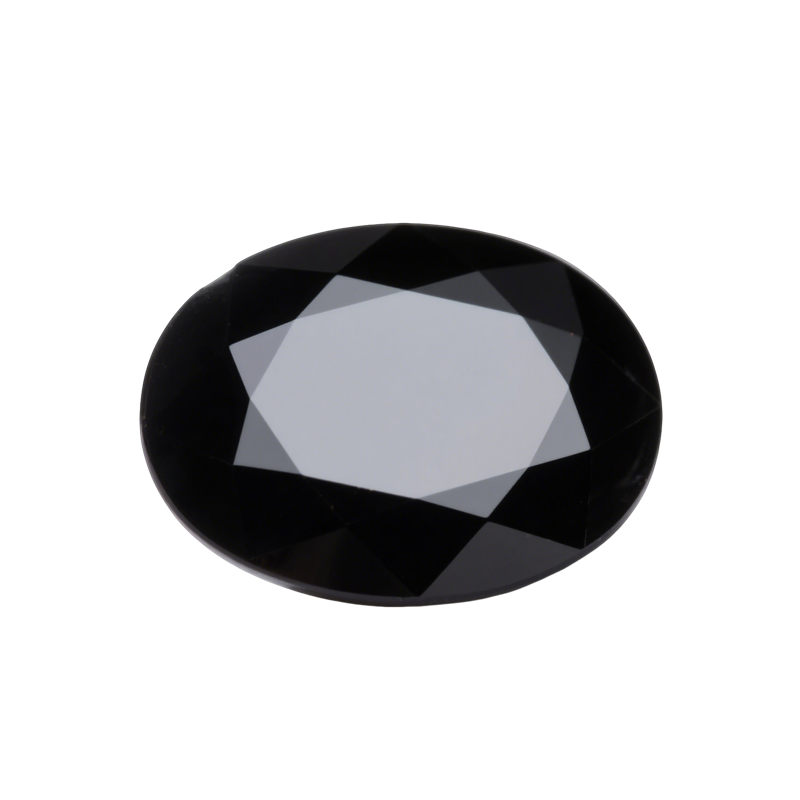
The rebel’s choice, black onyx makes a sleek, dramatic statement. In love symbolism, it represents strength and resilience in partnership – a stone that protects relationships from negativity while radiating confident elegance. Its deep hue pairs perfectly with modern metals for an unconventional yet sophisticated look. Perfect for: Couples who break rules with style.
Alexandrite
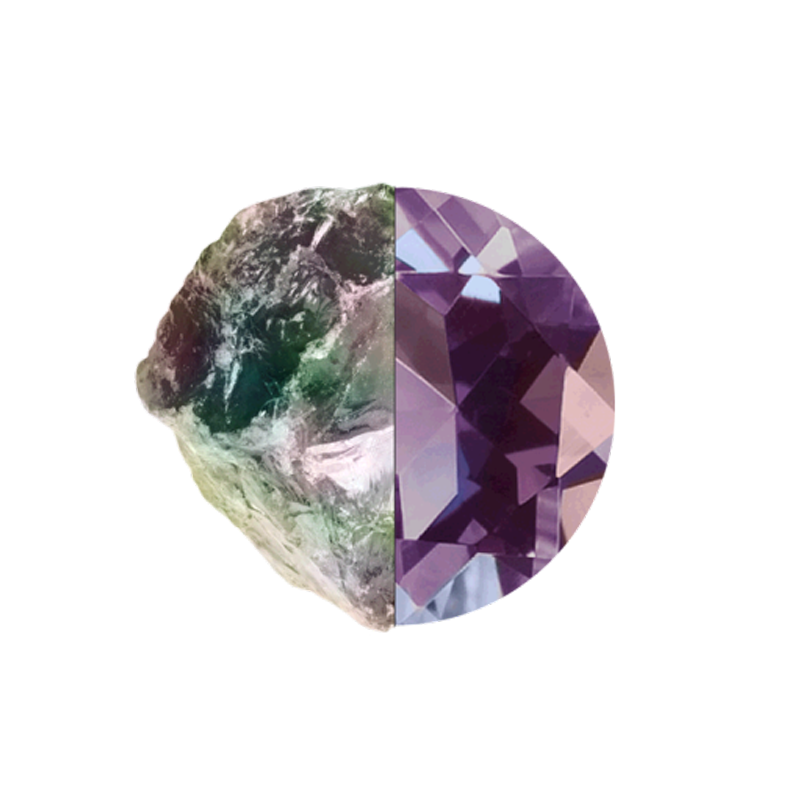
Nature’s magic trick, this rare gem shifts from green to purple-red under different lights. Known as the “stone of balance and transformation,” its mesmerizing color change symbolizes a love that grows more vibrant with time – just like its shifting hues. Perfect for: Those who want a ring as dynamic as their relationship.
Underrated Treasures
Tanzanite
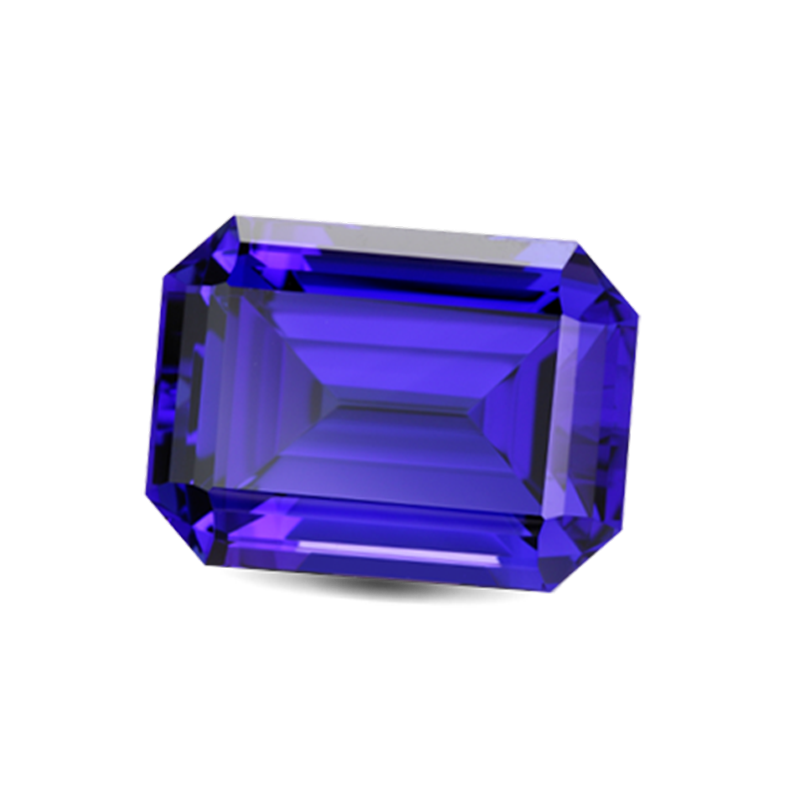
Found only in Tanzania, this violet-blue beauty is rarer than diamonds—its fleeting supply making it a symbol of once-in-a-lifetime love. The stone’s trichroic hues (shifting between blue, violet, and burgundy) represent the multifaceted nature of deep commitment. Its rich color and excellent clarity make it a stunning sapphire alternative. Perfect for: Brides seeking something uniquely breathtaking.
Opal
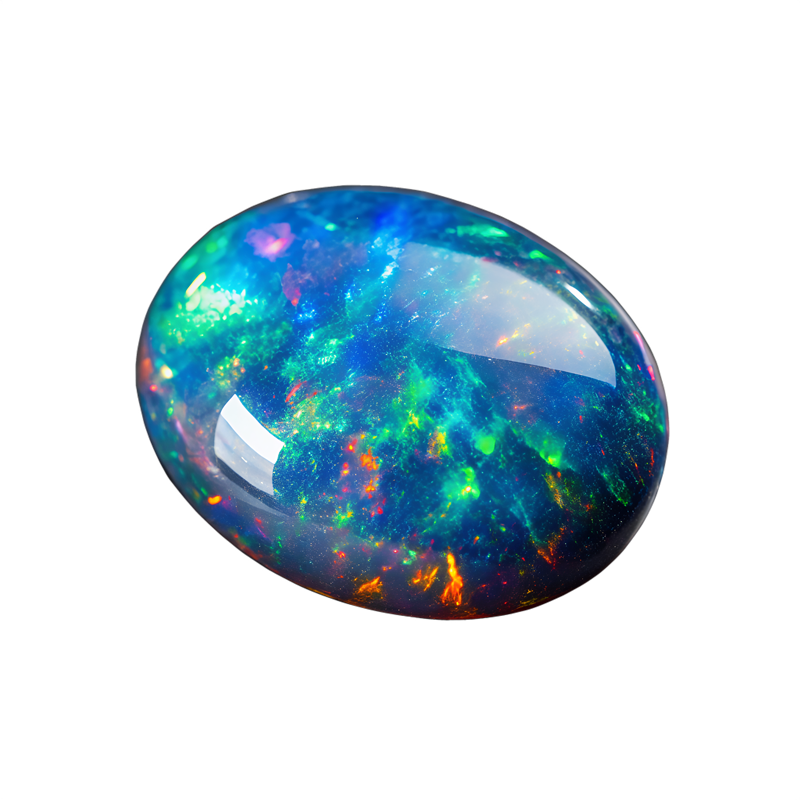
Each opal is a tiny universe of shifting colors, making no two rings alike. Ancient Romans believed opals embodied hope and fidelity, their fiery play-of-color mirroring the spark of enduring passion. Though delicate, its dreamy iridescence is worth the extra care. Perfect for: Artistic souls who cherish one-of-a-kind beauty.
Pearl

The original organic gem, pearls form layer by layer—just like lasting love. Associated with purity and wisdom across cultures, their soft glow whispers of quiet devotion. Modern settings (from edgy bezels to sleek solitaires) reinvent their vintage charm. Perfect for: Romantic brides who appreciate understated luxury.
Yellow Diamond
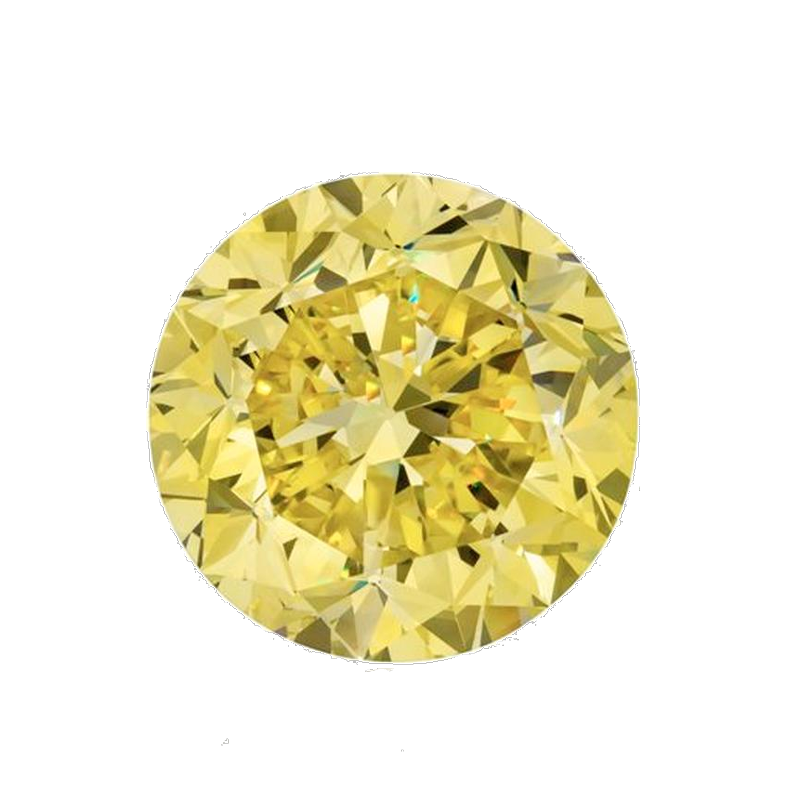
Sunshine captured in stone, these radiant gems range from soft champagne to vibrant canary. Historically worn by royalty, yellow diamonds symbolize joyful abundance and unshakable optimism in marriage. They offer diamond prestige with a warm, cheerful personality. Perfect for: Brides who want their joy reflected in their ring.
Key Factors When Choosing a Gemstone Ring
Durability
Daily wear demands a stone that can handle life’s bumps—think sapphires or rubies for active lifestyles, while opals and pearls require gentler wear. If you’re hard on your hands, prioritize gems that resist scratches and chips. Pro tip: Low-profile settings protect delicate stones.
Color Intensity
A gem’s hue dramatically impacts its price: vivid, saturated colors (like royal blue sapphires) command premiums, while softer pastels (e.g., morganite) offer budget-friendly charm. Consider your skin tone—cool complexions shine with icy blues, while warm tones glow with peachy pinks or golden yellows.
Ethical Sourcing
The rise of conflict-free gemstones means more options than ever: lab-grown moissanite, recycled heirloom stones, or ethically mined gems with traceable origins. Ask for certifications like Fairmined gold or responsibly sourced labels to align your ring with your values.
Setting Compatibility
Not all gems suit all settings: Emeralds thrive in protective bezels, while sturdy sapphires can handle delicate prongs. For intricate designs (like vintage filigree), opt for harder stones that won’t snag. Pro tip: Halo settings amplify the presence of smaller gems.
Styling & Customization
Metal Pairings
The right metal can make your gemstone sing—or fall flat. White gold and platinum act like a spotlight for cool-toned gems (think icy aquamarine or deep blue sapphire), creating a crisp, contemporary look that never dates. Rose gold, with its warm pink undertones, is magic with peachy morganite or fiery rubies, softening their color while adding romantic contrast. Meanwhile, yellow gold is the ultimate vintage companion—it deepens green emeralds and makes honey-toned citrine glow like liquid sunshine. Pro tip: If you love mixed metals, try a two-tone setting (like a rose gold band with white gold prongs) for extra dimension.
Mixed Gem Designs
Why settle for one gem when you can have a symphony of color and sparkle? Accent diamonds (like a delicate pavé band or a halo) frame colored center stones, making even smaller gems look lavish—imagine a deep red ruby encircled by diamond “fire.” For something dreamier, “galaxy bands” scatter tiny sapphires or topaz across the band like stars, perfect for celestial-themed romance. Or go symbolic with two-stone rings—pairing a diamond with your partner’s birthstone whispers “us” in the most personal way. Bonus: Mismatched shapes (oval center + pear side stones) add playful texture.
Custom Engravings
The secret details make your ring uniquely yours. Hidden messages tucked under the gemstone (like your first-date coordinates or a tiny sketch of your pet) turn your ring into a love letter only you two know. For milestone lovers, etching a meaningful date inside the band (say, the day you met in Roman numerals) keeps your story close. And if you’re drawn to vintage flair, Art Deco-inspired motifs—geometric patterns, delicate filigree, or even a microscopic constellation map—blend old-world craftsmanship with modern sentiment. Go further: Some jewelers offer laser-engraved fingerprints or handwriting for a literal “touch” of your partner.

Care & Maintenance
Daily Wear & Cleaning
Not all gems are created equal when it comes to care. Ultrasonic cleaners can be a diamond’s best friend but a pearl’s worst enemy—always check if your stone can handle the vibrations (hint: porous gems like emeralds or opals should skip it). For most colored stones, a soft toothbrush + mild soapy water is the safest spa treatment. Pro tip: After swimming or applying lotion, wipe your ring with a microfiber cloth to prevent buildup.
Special Handling for Delicate Gems
- Opals crave humidity—store them with a damp cotton ball in an airtight pouch to prevent crazing (those web-like cracks).
- Emeralds often have oil treatments; avoid steam cleaning and harsh chemicals that could strip their glow.
- Pearls are organic gems—keep them away from perfume and clean with a barely damp cloth only.
Storage Savvy
Even diamonds can scratch each other! Store rings individually in velvet-lined boxes or silicone pouches. For travel, use a portable ring holder with separate compartments—no more tangled prongs.
FAQs About Gemstone Engagement Rings
It depends! Sapphires and rubies (9/10 hardness) are nearly as tough as diamonds, while softer stones like moonstone or turquoise suit occasional wear. Consider your lifestyle—if you’re hands-on, opt for a bezel setting or harder gem.
High-quality classics (e.g., Burmese rubies, Kashmir sapphires) often appreciate, while trendy stones (like morganite) may fluctuate. Tip: Focus on love over investment—but if resale matters, stick to “Big Three” (ruby, sapphire, emerald).
Maybe. Bands with continuous gem patterns (eternity rings) are tricky, and tension settings risk stone loosening. Always consult a jeweler—sometimes adding sizing beads inside the band is safer than resizing.
Look for:
Lab-grown certificates (e.g., IGI for synthetic stones)
Mining transparency (e.g., “Australian opal” tags vs. vague “South Sea”)
Recycled gold markings or Fairmined stamps
Conclusion
Gemstone engagement rings beautifully capture the essence of unique love stories, offering vibrant colors and personal symbolism that traditional diamonds simply can’t match. Whether drawn to the classic elegance of sapphires, the romantic allure of morganites, or the bold character of emeralds, gemstone engagement rings serve as daily reminders of one-of-a-kind bonds, blending timeless beauty with deep personal meaning.

